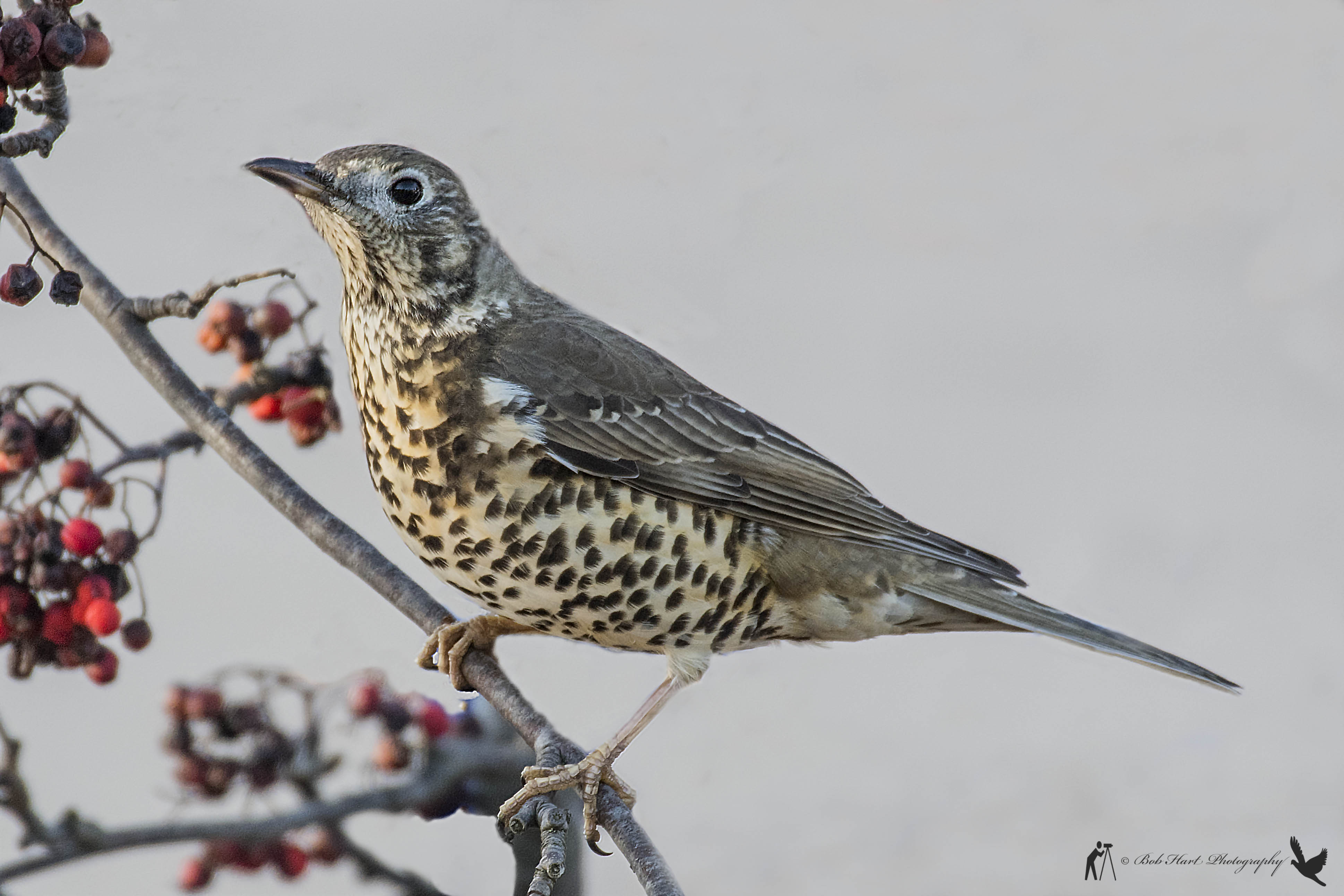Blackbird was the most commonly seen species in gardens during 2016, according to the annual results of British Trust for Ornithology's (BTO) Garden BirdWatch.
They survey also revealed that good numbers of Song and Mistle Thrushes were also recorded during the winter. However, some birds did not fare as well and 2016 saw the lowest ever numbers of Greenfinches in gardens.
The weekly records of Garden BirdWatch allow BTO to track the yearly peaks and troughs of garden wildlife, and the annual results show a mixed picture for garden birds in 2016. The year started well, with a lot of bird activity and a bumper year for Siskins, which were reported in 27 per cent of gardens in March, compared to the average of 18 per cent. The proceeding mild winter is likely to have helped overwinter survival and high numbers of Eurasian Wrens and Coal Tits were seen in gardens early in the year.
However, in early summer Britain was hit by outbreaks of rain, which BTO believes had a detrimental effect on our breeding birds. Many species suffered from a poor breeding season in 2016, and preliminary results of the BTO Nest Record Scheme show that 12 per cent fewer Blue Tits fledged the nest compared to the five-year average. From the summer onwards, there were fewer sightings of commonly seen species such as Blue and Great Tits in gardens – it'll be interesting to see if numbers recover in 2017.
The winter gave some unexpected treats for Garden BirdWatchers as Waxwings increased by 442 per cent on 2015. It was also a great winter to see Song Thrushes, a Red-listed species, which were seen more during the winter just gone than they had been for the last five years, being seen in 16 per cent of gardens in December, compared to an average of 12 per cent in a 'normal' December. High numbers of Mistle Thrushes and Redwings were also reported, which could be due to the lack of natural food resources in the wider countryside, with more thrushes coming into gardens to find berries and fallen fruit. They were joined, as always, by Blackbirds, which this year topped the tables, being reported in an average of 90 per cent of gardens throughout the year.

Good numbers of the Red-listed Mistle Thrush were recorded in gardens during the second winter period (Photo: Robert Hart)
It was a bad year for seeing Greenfinches, a species which has been in severe decline. From October onwards counts dropped below one per garden on average for the first time. The main contributory factor in this decline is thought to be disease.
Claire Boothby, Garden BirdWatch Development Officer at the British Trust for Ornithology, commented: "Spring is progressing, summer migrants are coming back to the UK and many birds are busy nesting. It's a good time to start looking out for young Blackbirds and Robins, and to listen for the distinctive song of Chiffchaffs. How will garden birds fare in 2017? We need your help to find out."
To find out more about Garden BirdWatch and how you can get involved visit www.bto.org/gbw, email gbw@bto.org or call 01842 750050.




